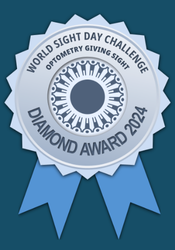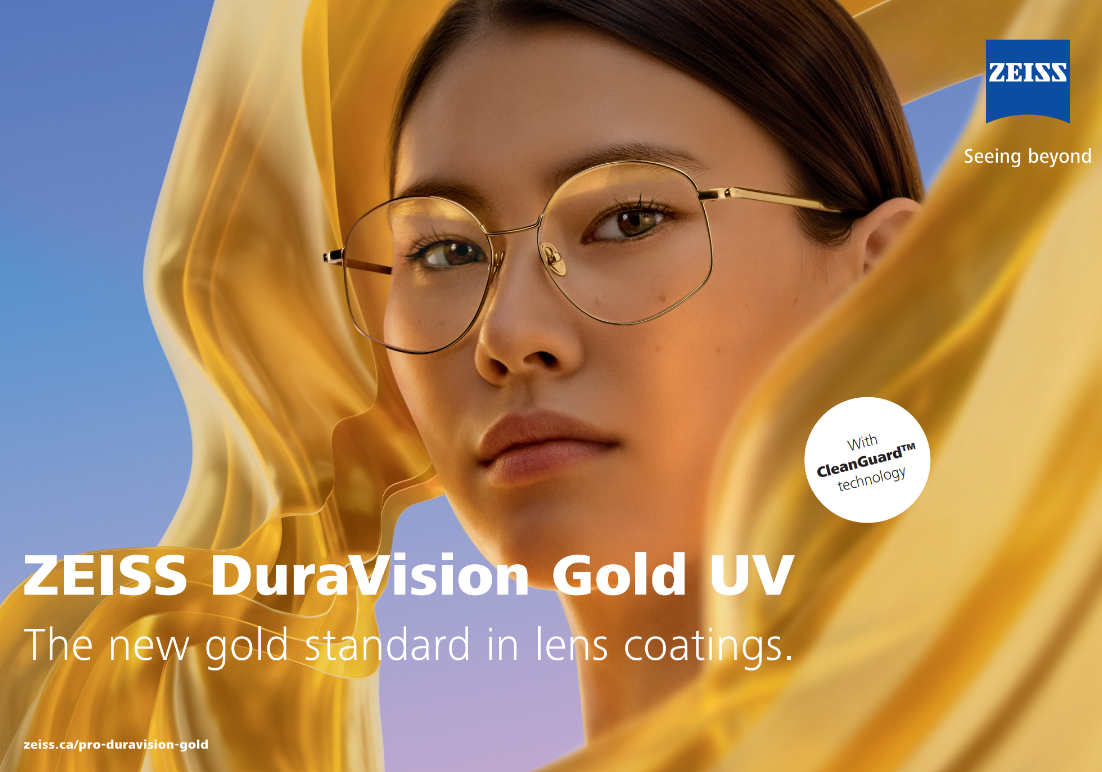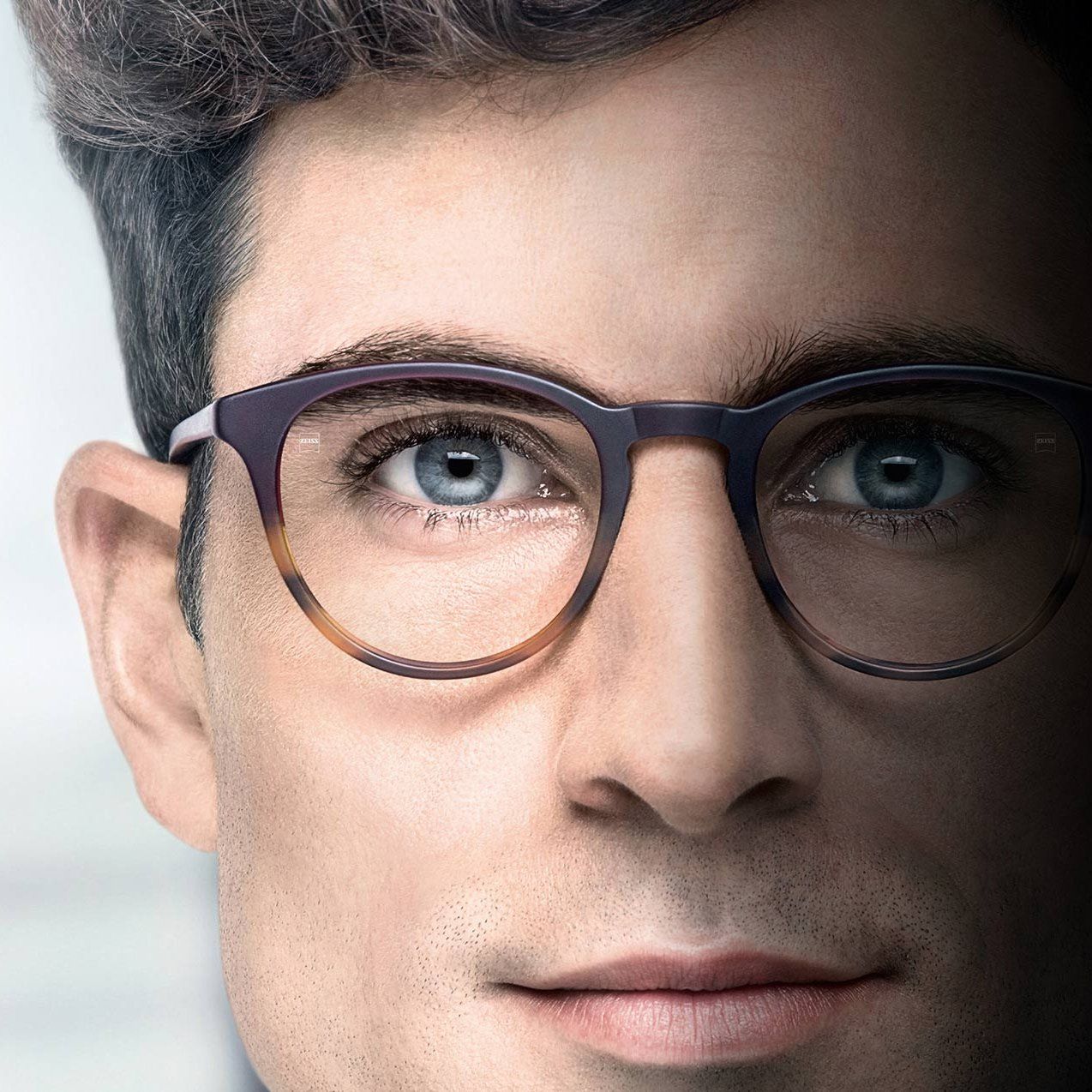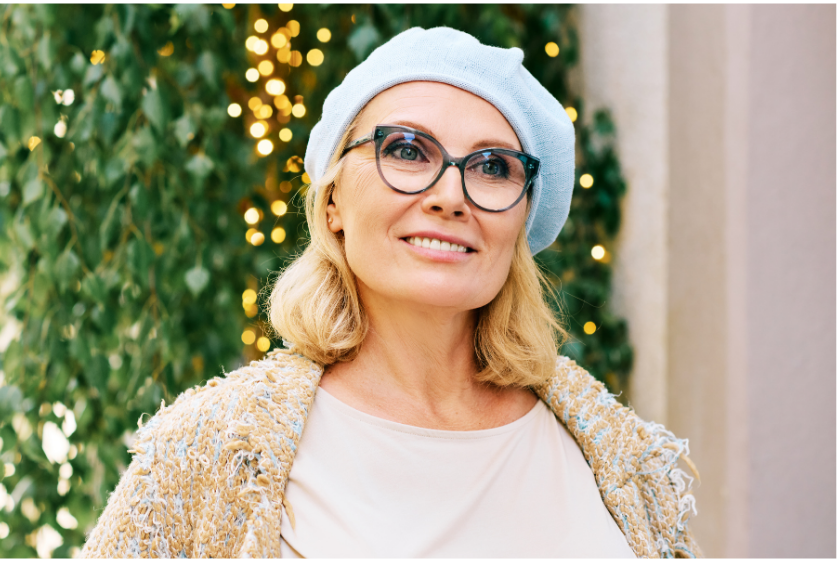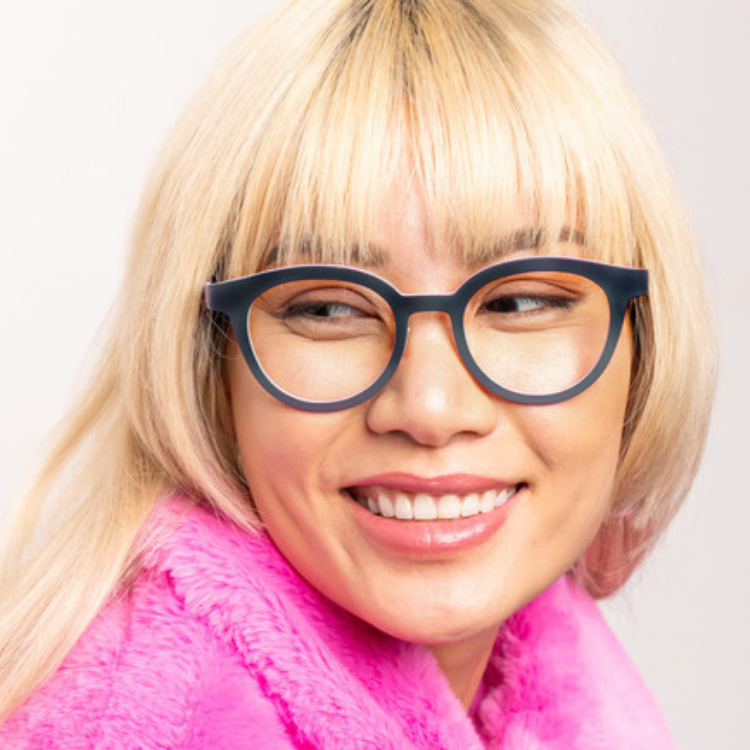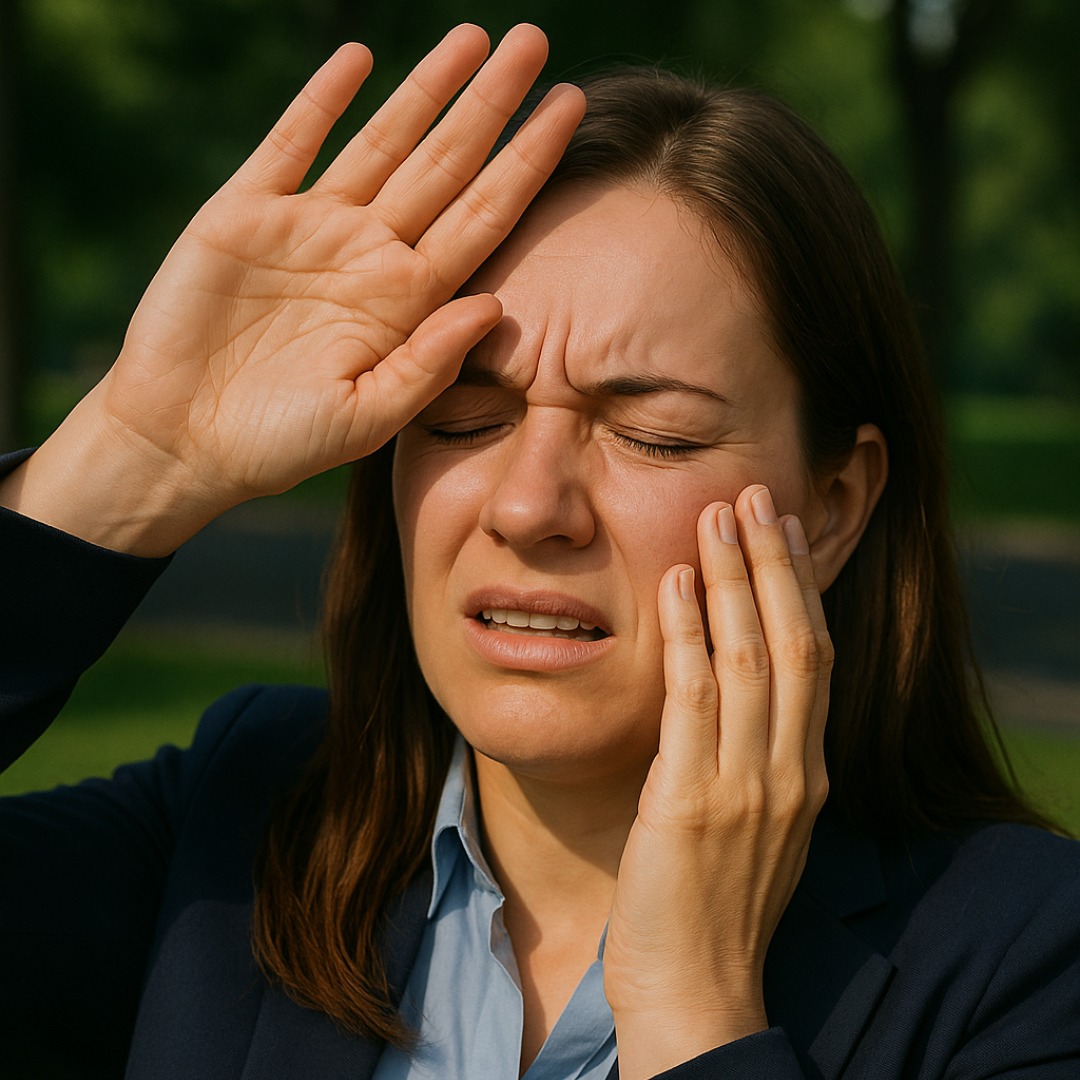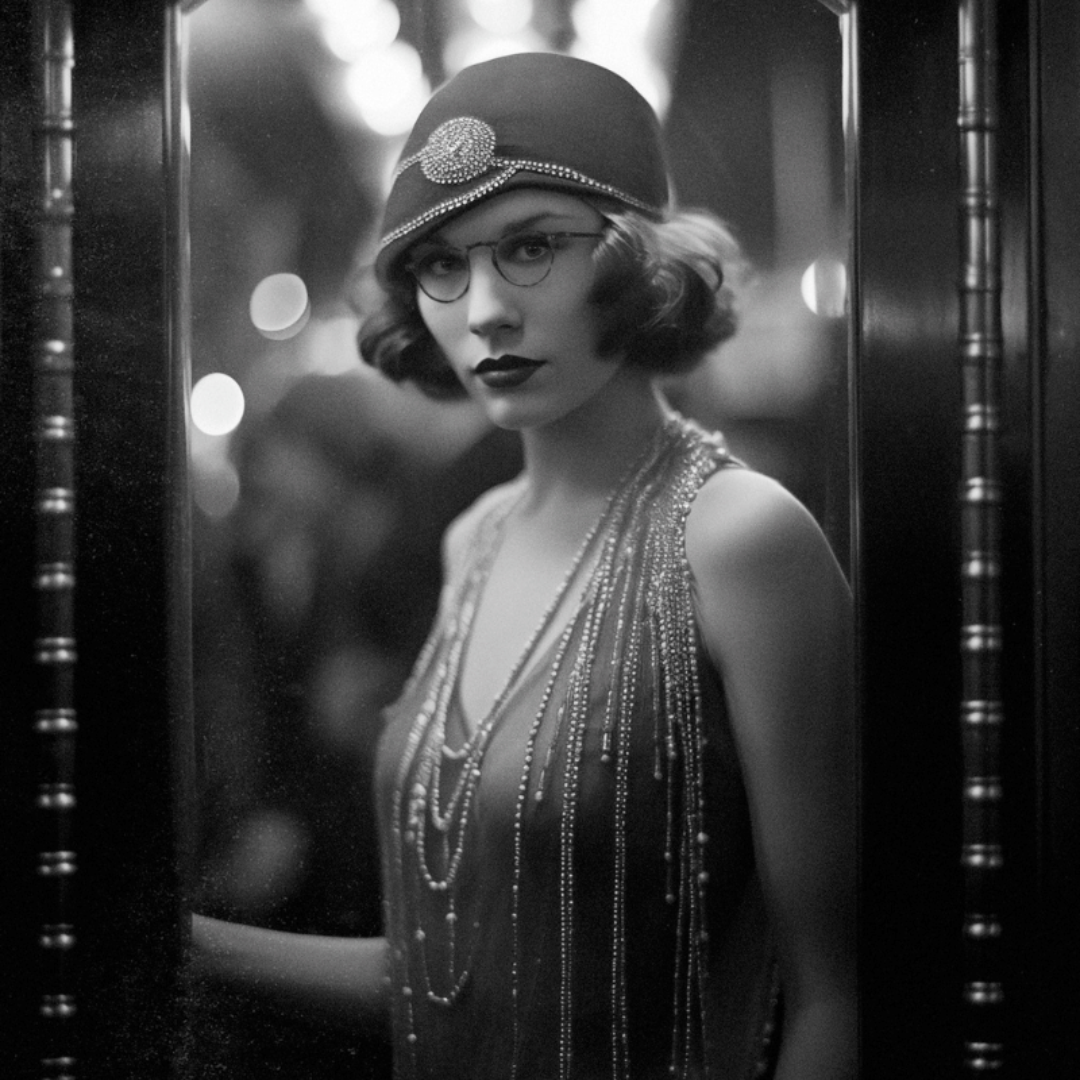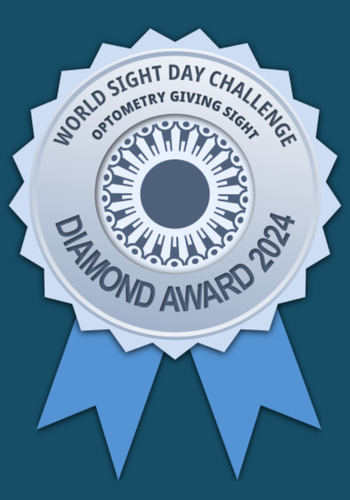Light Therapy for Seasonal Affective Disorder – is it safe for your eyes?
Seasonal Affective Disorder (“SAD”) is a form of depression that follows a seasonal pattern. Starting around October, and ending in April or May, it affects an estimated 3% of Canadians.
To help people afflicted with SAD, light therapy is often used. This involves sitting near a special light source for 0.5 to 2 hours per day, to mimic outdoor light and help enhance mood. While effective in up to 80% of cases, what are the risks to the eyes?
The use, as well as the sale, of light boxes for SAD therapy is unregulated. There are considerable differences in the specifications of all the different light boxes on the market. Of particular concern is the amount of UV light emitted by such products. UV light can damage the eyes irreversibly by causing keratitis (corneal burns), cataracts (clouding of the lens) and macular degeneration (damage to the retina). The thin skin around the eyes and on the eyelids is susceptible to increased risk for skin cancers.
Some other less damaging effects of light box exposure include eyestrain and headache.
Here are our recommendations to keep your eyes safe, if you are considering light therapy for SAD:
1. Choose a product specifically recommended for SAD. For this application, UV light is not required to have the desired therapeutic effect, and the amount of UV emission even at high intensity settings should be negligible.
2. Products such as tanning lamps designed for use on skin conditions emit a high amount of UV light, and should not be used for SAD. Eye protection is recommended.
3. Check the blue light emission levels. Blue light is short-wavelength light, near UV in the spectrum and carries some risk of damage to the structures of the eye.
4. Do not look directly at the light source while receiving light therapy.
Talk to your doctor, mental health care provider or pharmacist for recommendations on products that meet these criteria.
-Dr. Naruszewicz

